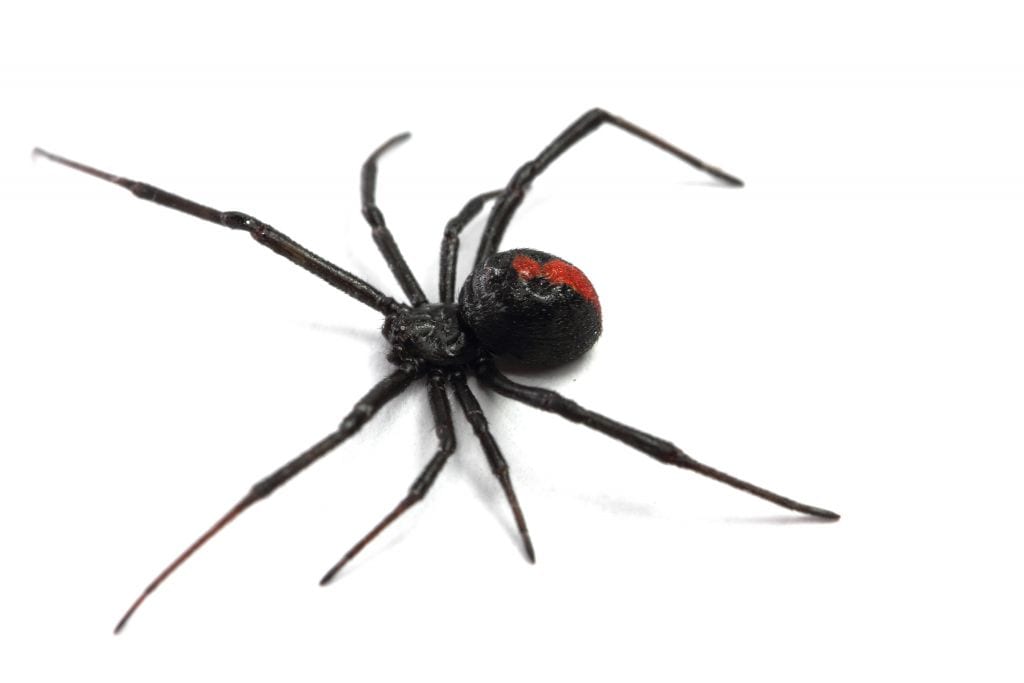Summer in Queensland is a great time to get out and about with your family. But if you encounter one of these ‘less than friendly’ natives, here are some first aid tips for your family. By Susan Teerds of Kidsafe QLD.
About 36 children under the age of 14 are treated each week at a Queensland emergency department for venomous bites or stings. Across Australia, six children under the age of nine are admitted to hospital each week due to a bite or sting, while a third of hospital treatments for bites and stings are for spider bites.
Children are more vulnerable to stings and bites because they are less cautious than adults and more likely to get close to venomous creatures with boys more likely than girls to receive a bite or a sting! Because children have smaller bodies and weigh less than adults, they are more susceptible to the effects of venom.
In Queensland, spider bites are the most common type of bites and stings, closely followed by stings from bees and wasps. Bites and stings from snakes, jellyfish, ants and ticks are also common. The most severe bites and stings involve jellyfish, snakes or spiders.
Most often, children are bitten or stung around the home, garden or garage, and bites and stings are more common in the warmer months of the year. Snakes are more commonly seen and are more aggressive during the warmer weather, when they are hunting for a mate (often in January).
Most deaths are from anaphylaxis, a severe allergic reaction that can cause parts of the body to swell up (usually face or throat), preventing a child from breathing. In severe cases, children may go into shock within a few minutes and the heart can stop.
For 24-hour advice on poisonings, bites and stings, call the Poisons information Centre – 13 11 26.
Prevention of Bites and Stings is Better than the Cure
- Check around your home for snakes and spiders.
- Remove leftover building materials and rubbish.
- Keep grass and weeds short and advise your local council of overgrown and hazardous blocks nearby.
- Supervise your children when outdoors.
- Teach children to avoid snakes and spiders and to tell you if they see one.
- Recognise symptoms of bites and stings – learn first aid.

Symptoms of spider bites:
Children are mostly bitten on the upper arm or lower leg. Serious spider bites in Australia are most commonly due to redback spider bites, and less frequently, funnel-web spiders. Pain and discomfort occurs in all spider bites, and red marks and itchiness occur in most spider bites. However, most spider bites are not dangerous. Symptoms of serious spider bite may include redness and itching, sweating, pain, headache, nausea, tiredness and muscular spasms. If your child has these symptoms and you suspect that they have been bitten by a spider, seek medical attention urgently.

Symptoms of snakes bites:
Dangerous snake bites in Australia are usually due to five main species – brown snakes, tiger snakes, black snakes, taipans, and death adders. In Queensland, snake bites requiring hospitalisation are mostly due to brown snakes. Children are mostly bitten on the lower leg or foot. Symptoms include pain and swelling at the bite site, muscle tenderness/weakness, drooping eyelids, change in vision, paralysis and difficulty in breathing. It can be difficult to identify poisonous snakes from non-poisonous varieties, so if your child is bitten by any snake, seek urgent medical care.

Symptoms of bee/wasp stings:
Pain and swelling at the site of the sting are common. Stings from bees and wasps are not usually serious, but an allergic reaction to the sting may occur, which can be life-threatening.
Symptoms of Tick bites:
Tick bites mostly occur on the face, head or neck, but can be found elsewhere. Tick bites are usually harmless but if the tick remains in the body, paralysis can occur. Symptoms include general unsteadiness, drowsiness, blurred vision, and muscle weakness (arms, legs or face).
Symptoms of Ant stings:
Ant bites are common on the arms and legs. Redness, pain and swelling at the bite site are the most common effects of an ant bite.
Symptoms of Jellyfish stings:
Most hospitalisations from jellyfish stings are due to the irukanji jellyfish. In Queensland, stings from box jellyfish and bluebottles are also common. Stings from jellyfish are painful and can cause a rash or welts, while stings from box and irukandji jelly fish can be life-threatening. Symptoms may include severe backache, chest and abdominal pain, nausea, vomiting and sweating.
First Aid for Common Bites and Stings
How to treat spider bites:
Keep the child calm. If you suspect that your child may have been bitten by a redback spider or a funnel-web spider, call 000.
How to treat snakes bites:
Treat any snake bite as serious. Keep the child calm and still, apply a firm bandage over the bite area and bandage the whole limb. Use splints to prevent movement of the limb. Do not attempt to catch the snake and do not wash the wound. A sample of the venom is required to identify the snake. Seek urgent medical attention.
How to treat bee/wasps:
Remove the sting by scraping it off with a fingernail without squeezing. Do not squeeze or pull. Wash the area and apply ice to reduce pain and swelling. Seek medical attention if an allergic reaction occurs.
How to deal with ticks:
Using fine-tipped tweezers, grip the tick behind the head as close as possible to the skin. Gently pull the tick straight out with steady pressure. Do not squeeze or attempt to kill the tick. Seek medical advice.
How to deal with ants stings:
Apply ice to the affected area.
How to teat Jellyfish stings:
Bluebottle stings should be doused with warm (not hot) water. If your child is stung by a box or irukandji jellyfish, wash the area with vinegar and seek urgent medical attention.
This article was published in Issue 13 of our print magazine, December 2015 /January 2016.





